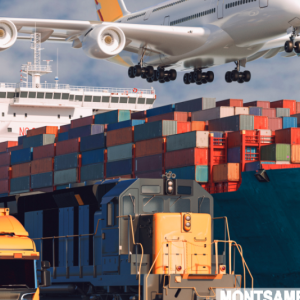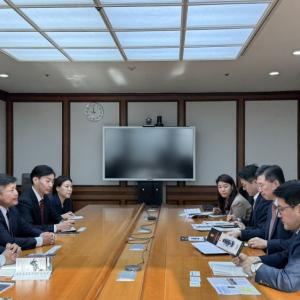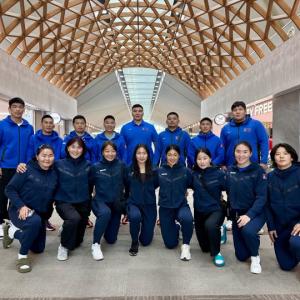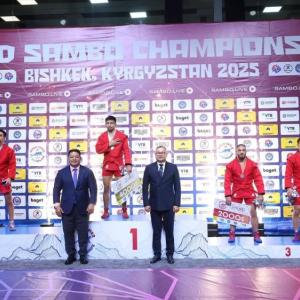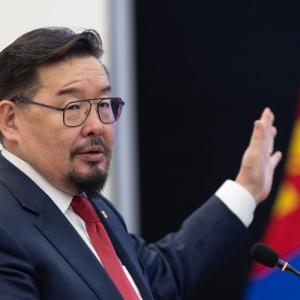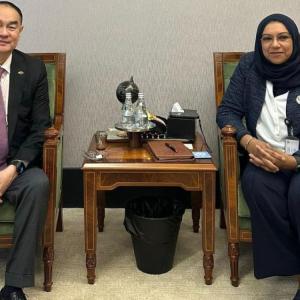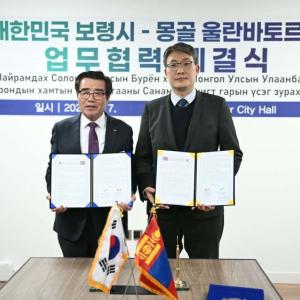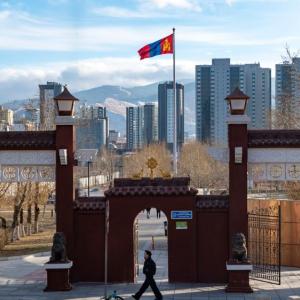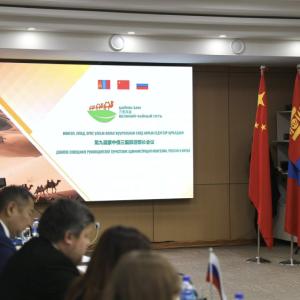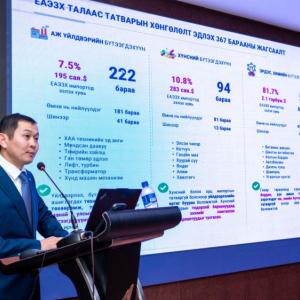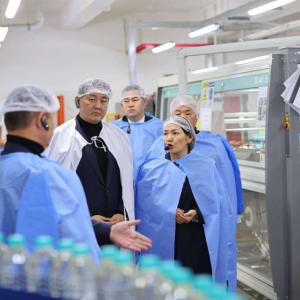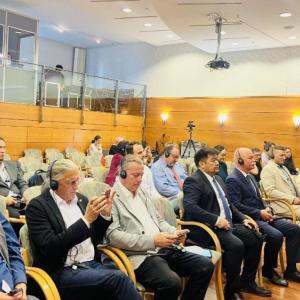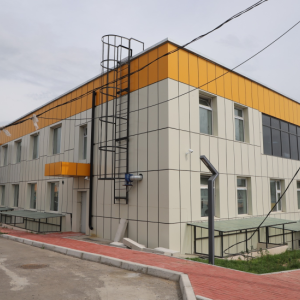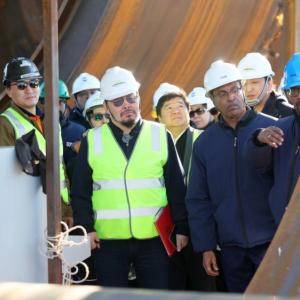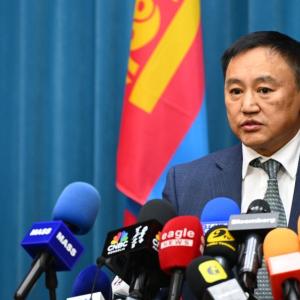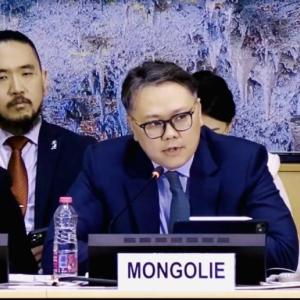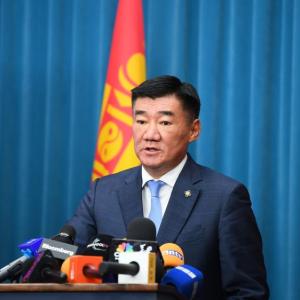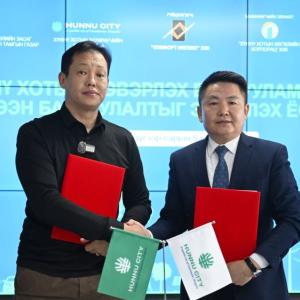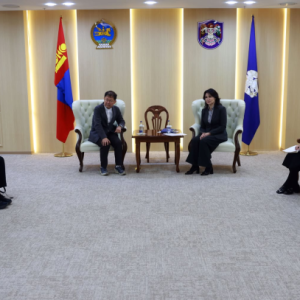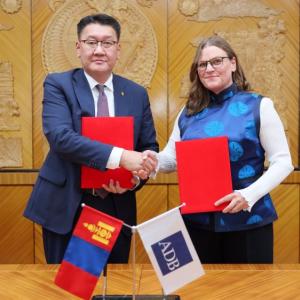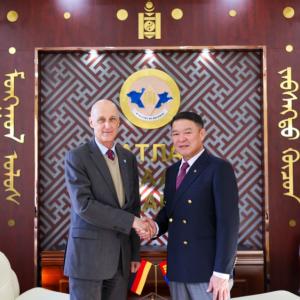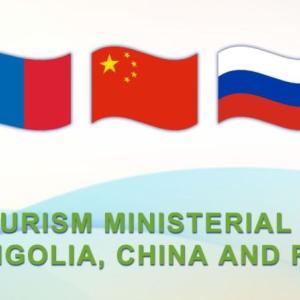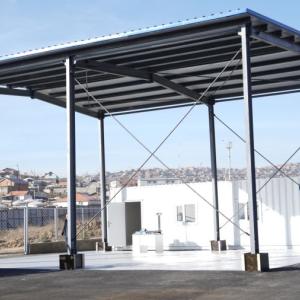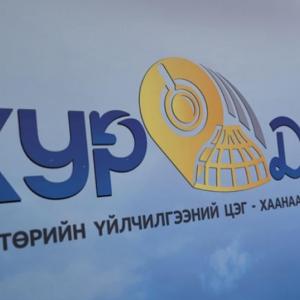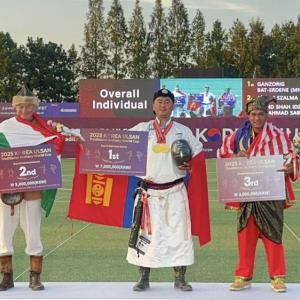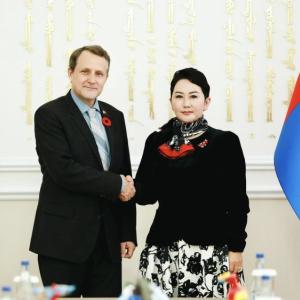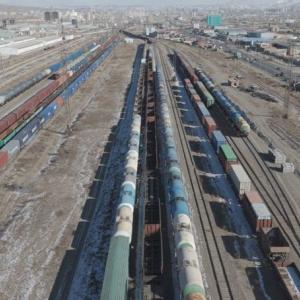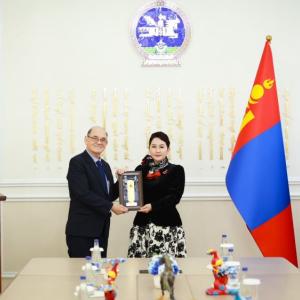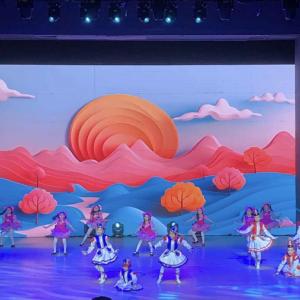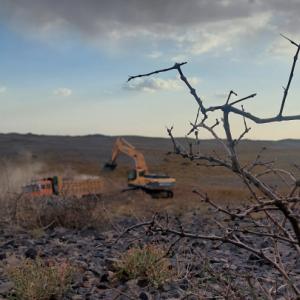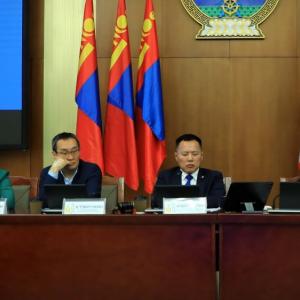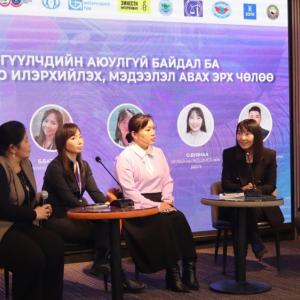Researcher Munkhzul: Lao People from Remote Villages Used to Travel Long Distances to Receive Medical Care from Mongolian Doctors
Politics
Ulaanbaatar, June 11, 2024 /MONTSAME/. Munkhzul Enkhbaatar, a researcher at the Department of Regional Studies and International Organization of the Institute of International Studies of the Mongolian Academy of Sciences, was interviewed on the relations between Mongolia and Laos.
-The Institute of International Studies published a book titled “Mongolia-Laos: Six Decades of Relations” last year. How did the rich history of traditional friendly relations lay its foundation?
-The People’s Republic of Mongolia and the Kingdom of Laos established diplomatic relations on September 12, 1962. You can say this is when the relations between the two countries officially began.
A country’s domestic and international situation, internal and external factors, and its foreign and domestic policy directly affect the interest and decision to establish diplomatic ties with other countries. At that time, Laos was in a long and arduous fight for its independence and territorial integrity and was looking for new partners on the international stage. While, Mongolia achieved a significant milestone in solidifying its independence as it became an official Member State of the United Nations on October 27, 1961.
The Kingdom of Laos's consistent support for the inclusion of Mongolia in the United Nations became the foundation for traditional relations of mutual support.
One of the factors that brought Mongolia and Laos closer was their similarity. For example, the two countries are landlocked, have small populations that are predominantly Buddhists, and both of them were socialist countries.
-How the relations between the two countries have developed? When was the most active period of cooperation?
-After the establishment of diplomatic relations from 1962 to 1975 the relations between Mongolia and Laos were modest, with telegrams being exchanged to congratulate each other on national holidays and anniversaries.
However, during 1975-1990 the cooperation between the two countries was intensified in many fields, political relations were strengthened, and high-level and state visits were held. This resulted in the expansion of relations and cooperation and the signing of several important agreements and documents. These include the Mongolia-Laos Communique of 1976, the Agreement on Friendship and Cooperation of 1979, and the Agreement on Friendly Relations and Cooperation of 1994, the crucial documents that verified the bilateral relations.
Mongolia and Laos have been mutually supporting each other and developing their traditional friendly relations, expanding and strengthening cooperation in trade, economy, education, culture, health, and agriculture.
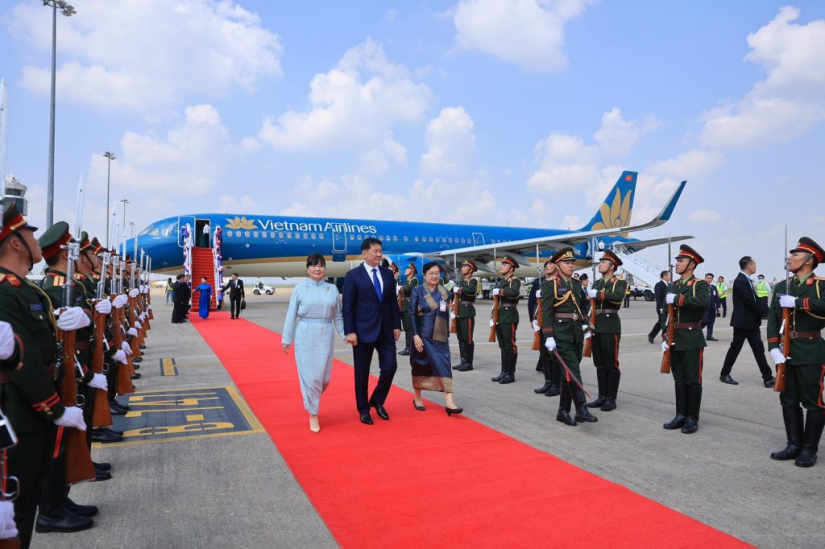
-What achievements have been made recently within the framework of friendly relations and cooperation between the two countries?
-2022 marked the 60th anniversary of the establishment of diplomatic relations between Mongolia and Laos. As part of this milestone, a delegation from Laos visited Mongolia, and on September 7, 2022, a grand celebration was held, along with an academic conference to commemorate this historic event in our bilateral relations.
From November 5-7, 2023, President of Mongolia Ukhnaa Khurelsukh made a state visit to Laos at the invitation of President Thongloun Sisoulith of Laos. During this visit, several key documents were signed to enhance bilateral cooperation, including cooperation agreements on air transport, veterinary and animal quarantine, plant protection, and tourism. These agreements signify a commitment to expanding and deepening our cooperation in various sectors, promising a future of mutually beneficial development.
-Mongolian professionals who worked in Laos have written many fond memories about the Lao people and the country. Despite the geographical distance, they often describe the Lao people as being close to their hearts. Could you share more about people-to-people relations that enrich the relations between Mongolia and Laos?
-Absolutely. Dr. N. Altantsetseg wrote about the heartfelt welcome Mongolian doctors received upon arriving in Laos, where they were greeted by Lao doctors proudly wearing the insignia of the Mongolian medical school. These Lao doctors were graduates in Mongolia, and their warm reception was deeply moving. I have read and listened to many such wonderful memories shared by former ambassadors to Laos and those who studied, worked, and lived there.
For instance, the Mongolia-Laos "Friendship" Hospital, built in Phonsavan city, Xiangkhouang Province, was handed over to Laos in 1984. Until 1990, Mongolian doctors and specialists worked there on two-year assignments. The hospital became a beacon of hope, with people from remote villages traveling long distances to receive medical care from Mongolian doctors. The hospital continues to operate successfully today, and in 2010 and 2012, Mongolia provided financial aid, which the Lao people deeply appreciated, and has been strengthening our nations' friendly relations.
Moreover, Laos is one of only two ASEAN countries to have established an embassy in Mongolia. Mongolia opened its embassy in Laos in 1976, and Laos reciprocated in 1981 by opening its embassy in Ulaanbaatar. These diplomatic missions have significantly expanded the scope of our bilateral relations.
However, even before the establishment of diplomatic relations, Mongolia and Laos, as socialist brother countries, provided material assistance to each other. In addition to material aid, humanitarian assistance began in 1975. Mongolia provided humanitarian aid, including a 60-bed hospital and a 200-sheep farm, amounting to MNT 13.1 million (at the exchange rate of that time).
-As a researcher, how do you see the future of the relations between the two countries?
-Mongolia and Laos have consistently developed their traditional friendly relations and cooperation across various sectors for six decades. Despite the geographical distance, Laos has always appreciated our achievements in bilateral relations and views us as a traditionally friendly and brotherly country. Today, this foundation is expanding, with both countries aiming to further develop bilateral and multilateral cooperation. We continue to support each other in the activities of the Asia-Pacific Parliamentary Forum (APPF), the Asia-Europe Parliamentary Partnership (ASEP), and the Inter-Parliamentary Union (IPU).
 Ulaanbaatar
Ulaanbaatar














